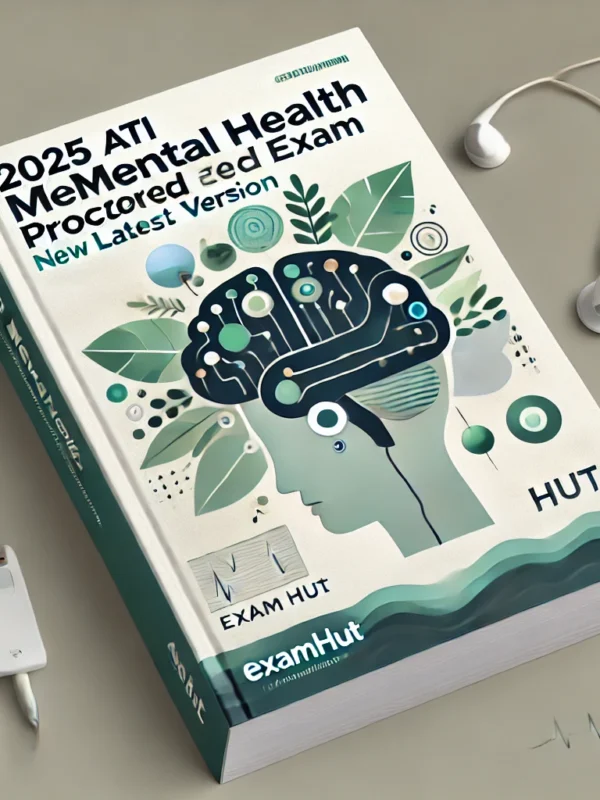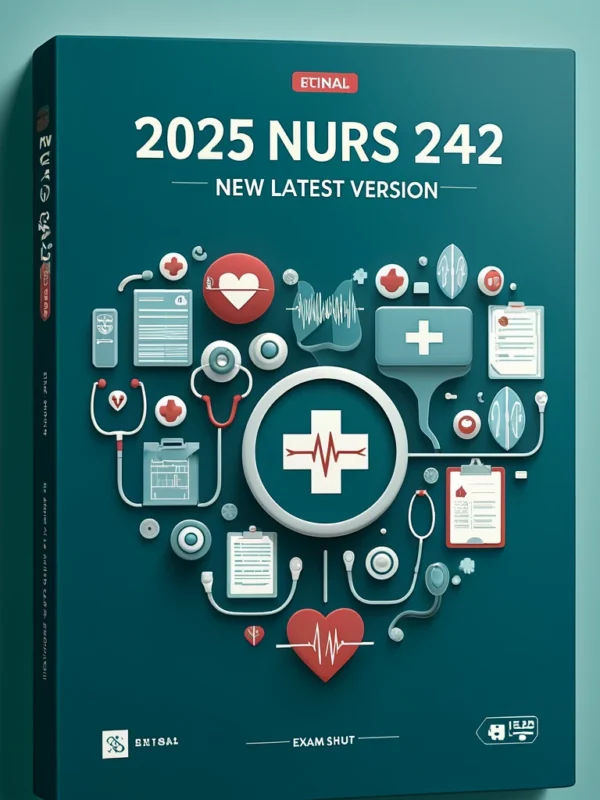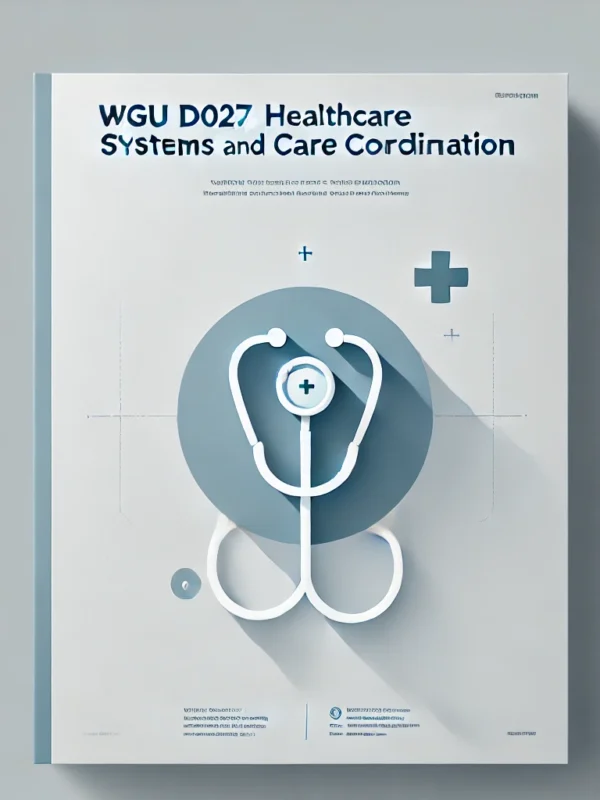-
Weekly roadmap for organized and efficient ABSITE prep
-
Effective question bank targeting key 2025 exam topics
-
Covers clinical management, surgical anatomy, and perioperative care
-
Tailored for general surgery residents aiming for high scores
-
Your essential tool for a disciplined and successful study routine
Preview
A congenital large tortuous arteriole vascular malformation in the stomach wall that erodes and
bleeds. It can cause gastric hemorrhage but is relatively uncommon. It is on the lesser curve.
The treatment is electrocautery but embolization and oversewing may be necessary
Menetrier’s disease is characterized by
a.) Large tortuous gastric folds in the body & fundus
b.) It is a disease of G cell hyperplasia
c.) Gastrectomy with Roux-en-Y reconstruction is the treatment of choice
d.) It is a form of gastritis best treated with conservative therapy (PPI & anticholinergics) –
CORRECT ANS- -(a)
Mucous cell hyperplasia, ↑ rugal folds. It is a disease of hyperplasia of chief and parietal cells
that responds well to conservative treatment
In contrast to a keloid, a hypertrophic scar:
a.) is more likely to be familial
b.) may subside spontaneously
c.) may develop in a delayed fashion years after the initial injury
d.) often extends beyond the limits of the original wound – -CORRECT ANS- -(b)
They do not extend beyond the boundary of the original wound, but may continue to thicken for
up to six months. They usually improve over the one or two years. Treatment includes steroids
and silicone
Keloids are inherited in an autosomal dominant fashion
A 20yr old with a stab wound to the abdomen is hemodynamically stable, but abdominal
examination is consistent with peritonitis. At exploration, there is a near-total pancreatic
transection just to the left of the superior mesenteric artery. He has no other associated
injuries. The most appropriate management would be:
a.) distal pancreatectomy and splenectomy
b.) distal pancreatectomy and splenic preservation
c.) wide drainage of the injury with closed suction drains
d.) jejunal anastomosis to proximal pancreatic segment
e.) jejunal anastomosis to both the proximal and distal pancreatic segment – -CORRECT ANS- -(b)












Reviews
There are no reviews yet.